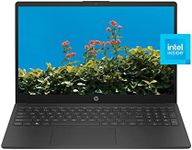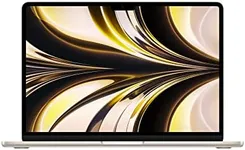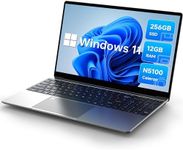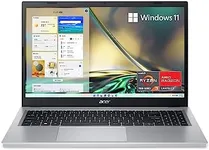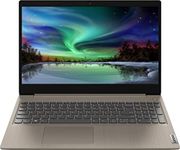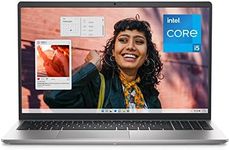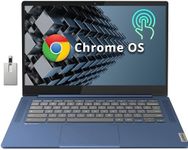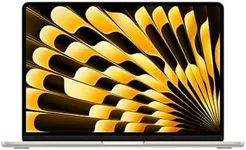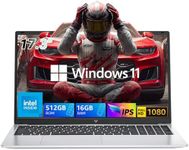Buying Guide for the Best Laptops For Students
Choosing a laptop as a student can feel overwhelming, but focusing on your actual needs makes the process much easier. Think about what you'll use the laptop for most—taking notes, writing papers, browsing the web, streaming videos, or maybe running more demanding software for design or programming. The right laptop should be portable enough to carry around campus, have enough power for your daily tasks, and last through long study sessions without needing a charge. By understanding the key specifications, you can find a laptop that fits your lifestyle and study habits.Processor (CPU)The processor is the brain of your laptop and determines how quickly it can handle tasks. For students, a basic processor is fine for web browsing, word processing, and streaming, while a mid-range processor is better if you multitask or use more demanding applications. High-end processors are mainly needed for specialized tasks like video editing or programming. Think about your coursework and hobbies—if you mostly use standard apps, you don't need the fastest chip, but if you run heavy software, aim for a more powerful processor.
Memory (RAM)RAM helps your laptop run multiple programs at once without slowing down. For most students, 8GB of RAM is a good starting point and will handle everyday tasks smoothly. If you often have many tabs or programs open, or use software for design or coding, 16GB can provide extra comfort. Only consider more if you know you’ll be running very demanding applications. Match your RAM choice to how much multitasking you do and the types of programs you use.
StorageStorage is where your files, photos, and programs live. Solid State Drives (SSD) are much faster than traditional hard drives, making your laptop feel quicker overall. For most students, 256GB of SSD storage is enough for documents and some media, while 512GB or more is better if you store lots of videos, photos, or large projects. If you use cloud storage or external drives, you can get by with less. Consider how much you save locally and pick a size that fits your habits.
Display Size and QualityThe screen size affects both portability and comfort. Smaller screens (around 13 inches) are lighter and easier to carry, while larger screens (15 inches or more) are better for multitasking or watching videos but add weight. Resolution matters too—Full HD (1080p) is clear enough for most uses. If you do design work, a higher resolution or better color accuracy may help. Choose a size and quality that balances your need for portability with how much time you’ll spend looking at the screen.
Battery LifeBattery life tells you how long your laptop can run without being plugged in. For students who move between classes or study spots, longer battery life (8 hours or more) is very helpful. If you mostly use your laptop in places with easy access to power, battery life is less critical. Think about your daily routine—if you’re often on the go, prioritize a laptop that can last through your busiest days.
Weight and PortabilityA lighter laptop is easier to carry in a backpack all day. Ultraportable models are usually under 3 pounds, while larger laptops can weigh 4 pounds or more. If you walk a lot on campus or travel frequently, a lighter laptop will be more comfortable. If your laptop mostly stays in one place, weight is less of a concern. Consider how much you’ll carry your laptop and pick a weight that fits your lifestyle.
Keyboard and Build QualityA comfortable keyboard is important for long typing sessions, and a sturdy build helps your laptop survive daily use. Some laptops have backlit keyboards, which are useful in dim classrooms or libraries. If you type a lot, look for a keyboard with good feedback. If you’re often on the move, a durable chassis can prevent damage. Think about where and how you’ll use your laptop to decide which features matter most.
Ports and ConnectivityPorts let you connect accessories like USB drives, external monitors, or headphones. Some laptops have only a few ports, while others offer a wide variety. If you use many devices or need to connect to projectors, check for the right ports. Also, consider Wi-Fi and Bluetooth support for wireless connections. List the devices you use most and make sure your laptop can connect to them easily.
